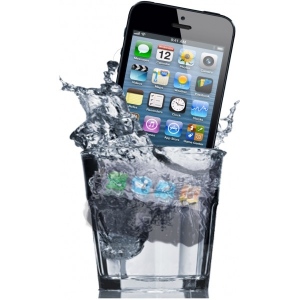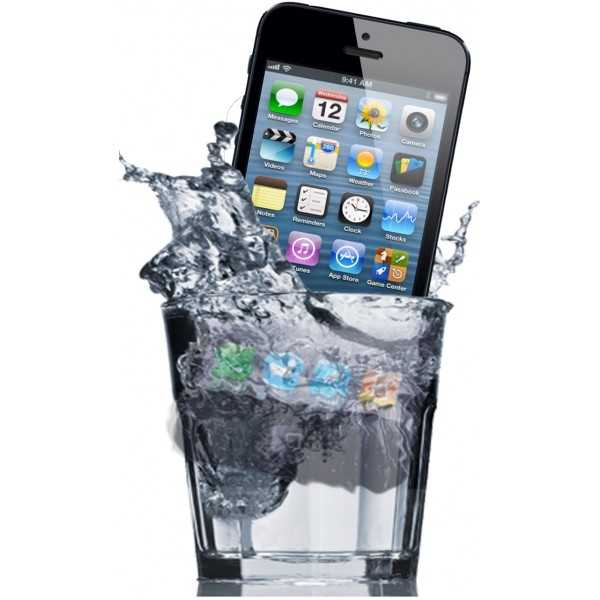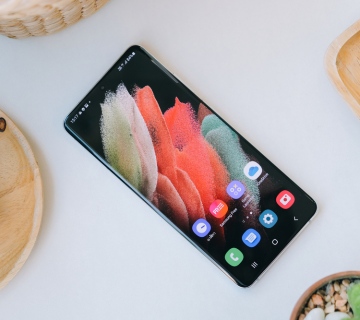 If you’re old enough to remember the 80’s movie classic ‘Gremlins’ You’ll no doubt remember the scene when ‘Rand’ receives the very special creature known as a Mogwai. He was given three very specific instructions. No direct sunlight, no food after midnight and most importantly, above and well beyond all else do NOT get it wet.
If you’re old enough to remember the 80’s movie classic ‘Gremlins’ You’ll no doubt remember the scene when ‘Rand’ receives the very special creature known as a Mogwai. He was given three very specific instructions. No direct sunlight, no food after midnight and most importantly, above and well beyond all else do NOT get it wet.
It turns out these furry lovable creatures (unless the rules are broken) share a common bond with another small and unique possession we are familiar with, the smartphone. While prolonged direct sunlight is certainly not recommended, especially without a decent anti-glare screen protector, it is the third rule that once again is most important. Much like our fuzzy come demonic friends, the gremlins, a couple drops of water is all it takes to turn one of our most cherished companions into a living nightmare.
Who hasn’t tipped over a glass of water near their smartphone or accidentally knocked their device into a sink of dishwater only to immediately scream in horror (some of us internally) at the almost certain destruction of not only at least several hundred dollars of equipment but the loss of countless videos, photos, contacts…our whole lives are stored on our smartphones.
There are methods to recover water damaged equipment sure but they are spotty at best and no amount of dry rice or prayer filled hairdryer first aid attempts can replace proper precaution. You can get a waterproof iPhone 4 case that is durable (this means drop proof), stylish, and even shockproof to protect yourself from that kind of tragedy. In case you’re wondering they sell waterproof iPad cases as well.
In a recent article by PCMag.com the bathroom was the number 2 most common place for smartphone damage to occur. One can only imagine that most of these had to involve water of some kind. The beach and the pool also rank high on industry reports for insurance claims involving smartphones. They simply do not mix (not to mention the awful effects of sand on those shiny touch screens) Almost two thirds of smartphone related accidents involved dropping according to the Kelton Research Smartphone Protection Survey. This suggests that if you plan on getting anywhere near a large body of water it’s best to be a little proactive and go ahead and cover that bad boy up.
As if we needed any other reason, it can cost anywhere from a few hundred dollars to over $1500 to recover data from a damaged cell phone and there’s no guarantee it will work. Crushed or broken phones are more likely to be recoverable than water damaged phones. This is because once the circuitry becomes wet it begins to corrode. Salt water is especially destructive. What’s more, most smartphone distributors and manufacturers do not cover water damage under warranty. This means the option is to carry insurance if it’s available from your provider. Even in this case you will need to pay a monthly premium and most likely a deductible at the time of the claim which oftentimes is far in excess of the case had you planned ahead and there is very little in the way of protection against data loss. You can set up regular backups to a cloud server of course but there is no safety net between sync points. In the end the best defense is a good offense. A good case with proven technology will take a lot of the headache out of a simple mishap. With this in mind I would say rule number three can be changed to: ‘do not get wet, unless preserved securely inside a waterproof case.’ I’m not exactly sure what cell phones eat, or even if they do but I would probably avoid feeding them after midnight, just in case.
Source: http://www.ifixyouri.com/



